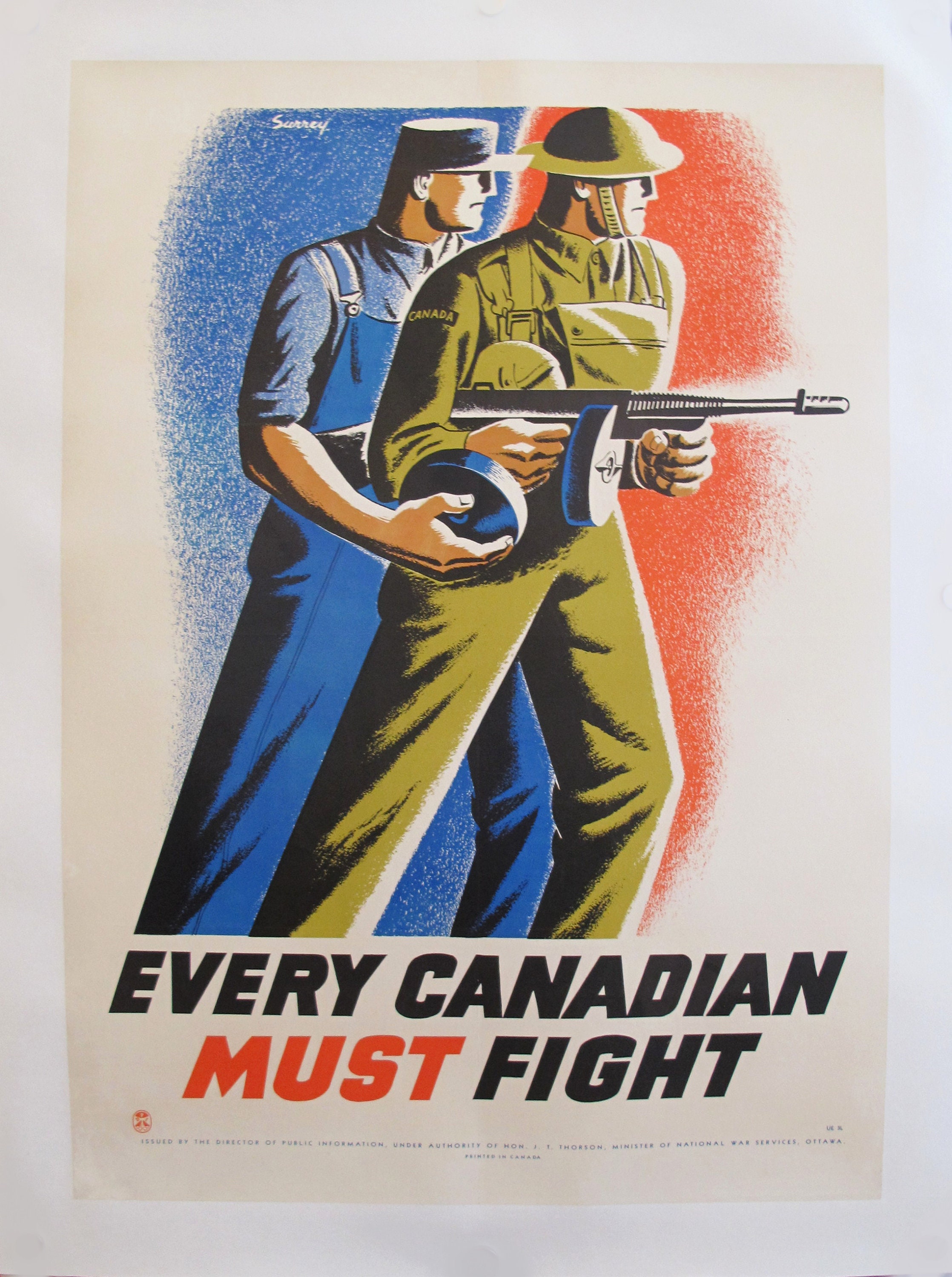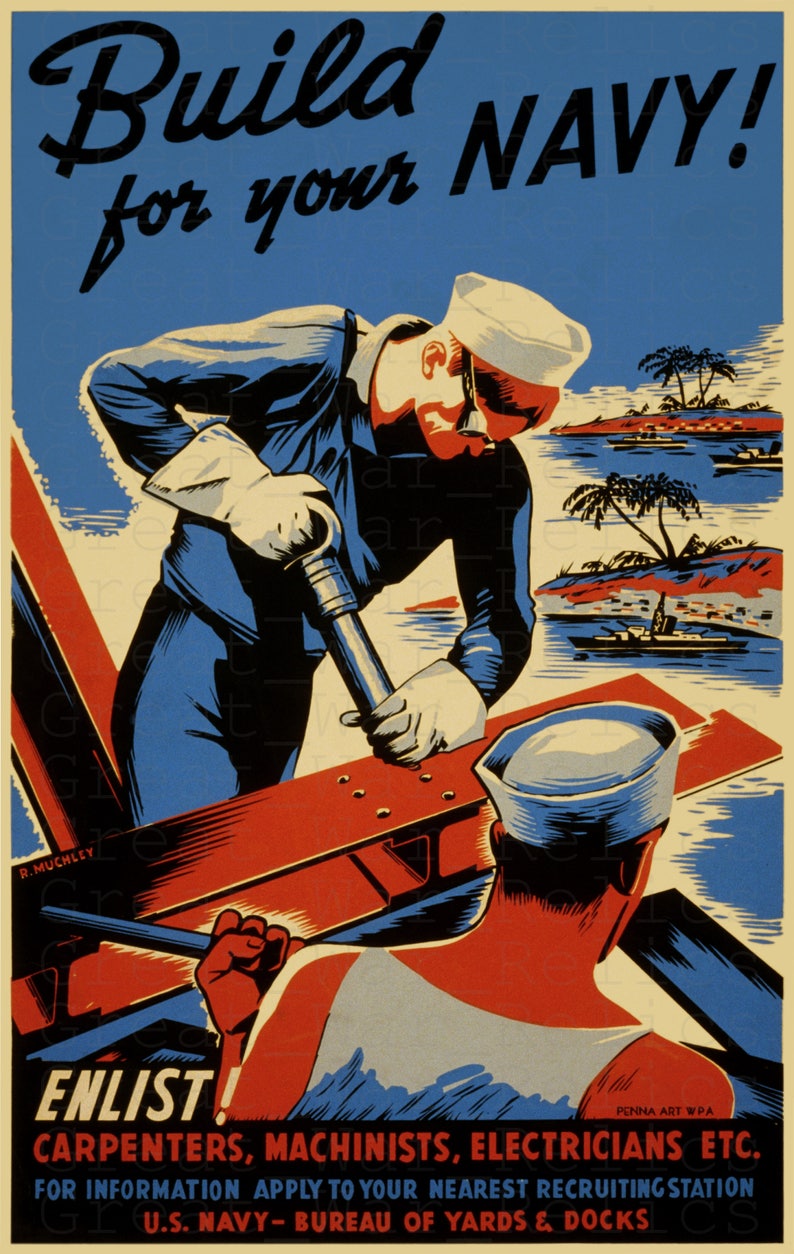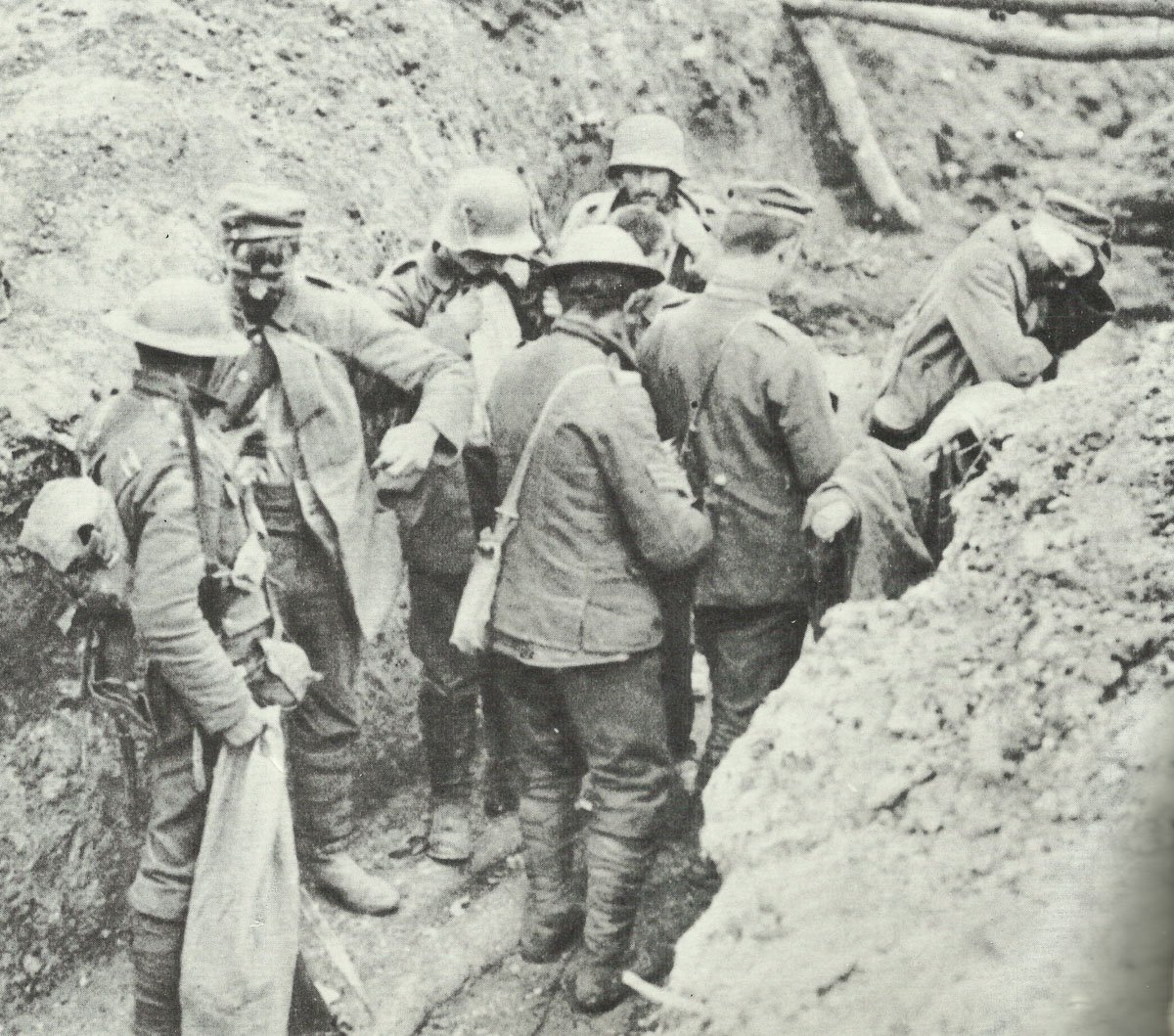
Shoichi Yokoi weeping upon his return to Japan in February 1972 (Doctors later deemed him slightly anemic but otherwise in relatively good health.) As the Associated Press (AP) reported at the time, Yokoi attempted to charge at the men, who easily overpowered him in his weakened state. Garcia spotted Yokoi checking a bamboo fish trap in a part of the Talofofo River about four miles away from the nearest village. Yokoi stayed in sporadic contact with two other stragglers, but after they died during flooding in 1964, he spent his last eight years in hiding in total isolation.įifty years ago, on January 24, 1972, fishermen Jesus M. He eventually parted ways with his companions, who either surrendered, fell victim to enemy soldiers on patrol or died as a result of their spartan lifestyle. Per the Washington Post, Yokoi drew on his tailoring skills to weave clothing out of tree bark and marked the passage of time by observing phases of the moon. But as their numbers shrank and the likelihood of discovery grew, they retreated to increasingly remote sections of the island, living in caves or makeshift underground shelters and dining on coconuts, papaya, shrimp, frogs, toads, eels and rats. Initially, the holdouts survived by eating locals’ cattle. “From the outset they took enormous care not to be detected, erasing their footprints as they moved through the undergrowth,” Yokoi’s nephew, Omi Hatashin, told BBC News’ Mike Lanchin in 2012. After American forces nearly annihilated Yokoi’s regiment in the summer of 1944, he and a group of nine or ten comrades escaped into the jungle.

Per, which maintains a registry of Japanese World War II holdouts, he was stationed in China until February 1943, when he was transferred to Guam. Marines move forward behind a tank during the Battle of Guam in July 1944.īorn in the Aichi Prefecture of Japan in 1915, Yokoi worked as a tailor before being drafted into the Imperial Japanese Army in 1941. Upon his return to Japan, “he stirred widespread soul-searching … about whether he represented the best impulses of the national spirit or the silliest.” Kristof for the New York Times in 1997, when Yokoi died of a heart attack at age 82. “He was the epitome of prewar values of diligence, loyalty to the emperor and ganbaru, a ubiquitous Japanese word that roughly means to slog on tenaciously through tough times,” wrote Nicholas D. Yokoi, who only rejoined society after being overpowered by two local fishermen in January 1972, was one of the last stragglers to surrender, offering an extreme example of the Japanese Bushidō philosophy’s emphasis on honor and self-sacrifice. Though the Allies captured or killed the majority of these holdouts within a few months, some 130 remained in hiding by the end of World War II in September 1945. According to historian Robert Rogers, Yokoi was one of around 5,000 Japanese soldiers who refused to surrender to the Allies after the Battle of Guam, preferring life on the lam to the shame of being detained as a prisoner of war. Then 56, Yokoi had spent the past 27 years eking out a meager existence in the jungles of Guam, where he’d fled to evade capture following American forces’ seizure of the island in August 1944.
Ww2 online americans overpowered how to#
I don't really know how to address this without abandoning the whole move-units-round-map paradigm.When Japanese sergeant Shoichi Yokoi returned to his home country after almost three decades in hiding, his initial reaction was one of contrition: “It is with much embarrassment that I return.” Players who can concentrate force do very well - a valid approach to simulating land warfare, but ahistorical for naval war. Equally, the subs are capable of ganging up on destroyers, carriers, battleships, anything that floats.

The optimal Allied strategy is to concentrate all your destroyers and submarines, and then pick off one sub per turn - using your own subs to do the scouting for the destroyers to then move in and kill. Which probably sounds weird, but the problem is concentration of force. In my view BOTH sides of the Battle of the Atlantic are overpowered. They can only attack if an enemy naval unit moves adjacent to it or if an enemy naval unit starts the turn adjacent. My suggestion to make subs more realistic in SCWIE and SCWAW is that they should not be allowed to attack if they have moved.

She happened to be in the right place at the right time. In late 1944 an American sub, the Archerfish sank the Japanese super carrier Shinano when she was stationed to disrupt Japanese shipping. They were also used as a forward picket line to warn of enemy fleets and if they were lucky enough to be in position pick off a surface ship. U-boats in the Battle of the Atlantic and American subs in the Pacific destroying the Japanese merchant fleet. In WWII subs were mainly used to destroy the enemy merchant fleet.


 0 kommentar(er)
0 kommentar(er)
